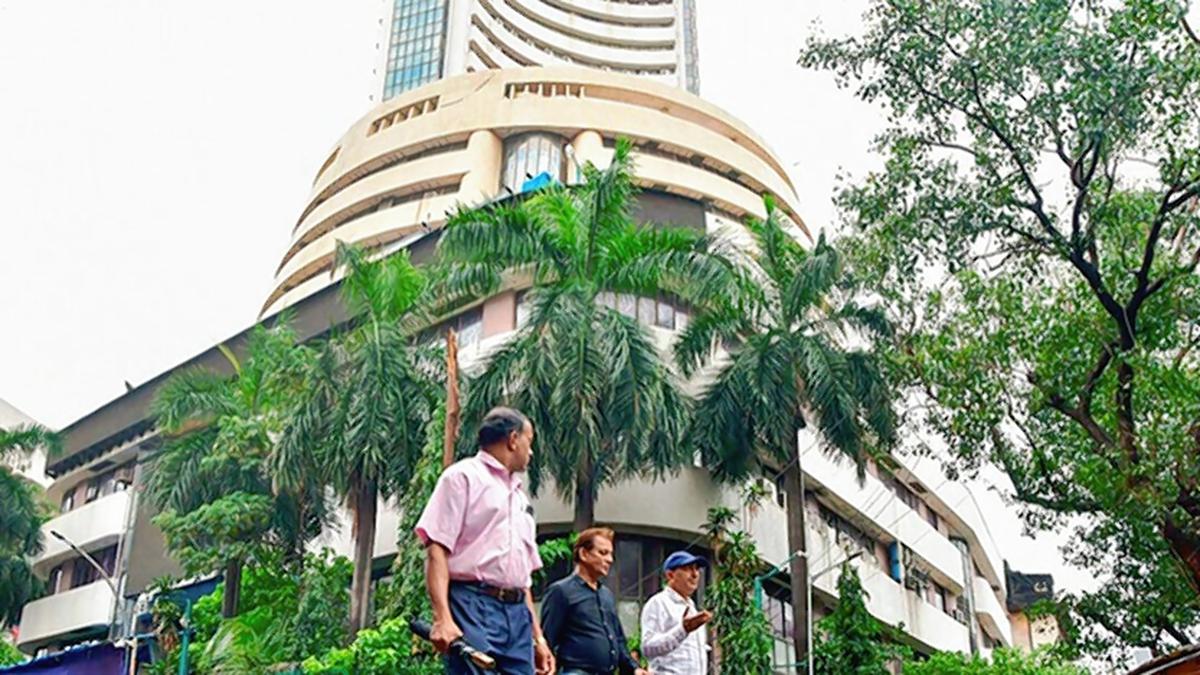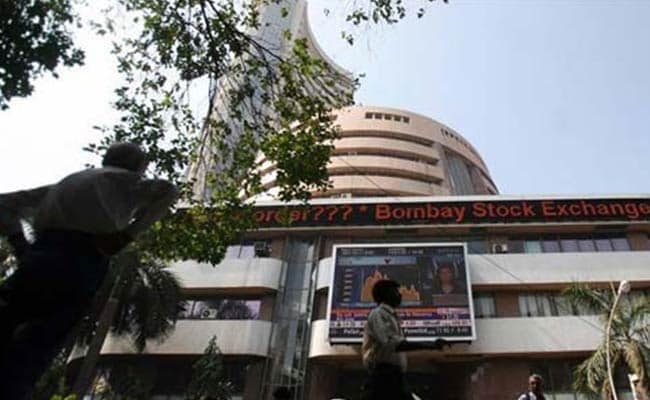September 12, 2023 07:37 pm | Updated September 13, 2023 08:31 am IST – NEW DELHI
A security personal watches as a worker seals the lid of a tanker filled with ethanol a type of biofuels at Bajaj Hindustan Sugar factory, in Meerut, India, Wednesday, Aug. 23, 2023. India, the current president of the Group of 20 industrialized and developing nations, has proposed a global biofuel alliance that seeks to accelerate the development of sustainable biofuels to support the global energy transition. (AP Photo/Altaf Qadri)
| Photo Credit: Altaf Qadri
India’s industrial output grew 5.7% in July, the fastest pace in five months, despite the second successive month of contraction in consumer durables, aided by an 8% surge in electricity generation, a 10.7% rise in mining output and slightly healthier manufacturing growth of 4.6%.
The National Statistical Office which had estimated the Index of Industrial Production (IIP) growth at a three-month low of 3.7% in June, revised it fractionally upward to 3.75%. The last time industrial output had grown at a sharper pace than July was in February 2023, with a 5.8% year-on-year uptick.
In absolute terms, July’s production levels, however, marked a three-month low and were 1.04% lower than June. Infrastructure and construction goods continued to record sharp growth, rising 11.4% in July, the fourth consecutive month of double-digit growth. The healthy 8% uptick in electricity marked the third successive month of growth after two months of contraction.
Consumer durables’ production remained in contraction mode for the seventh time in eight months, though the extent of shrinkage dropped from 6.9% in June to 2.7% in July. For the first four months of 2023-24, this is the only use-based segment of industry with negative growth, down 2.7% from a year ago.
Consumer demand for non-durables, however, appeared to be strengthening, with an uptick of 7.4% in their output compared to just 1.2% in June. Primary goods’ production growth accelerated to 7.6% in July from 5.2% in June, but intermediate goods faltered to 1.9% from 4.5% over the same period.
Capital goods output, a reflection of planned investment activity, rose 4.6% in July, recovering from an eight-month low of 2.2% in June. However, in absolute terms, the output levels were at a three-month low and 4.6% below June’s production.
“Nine manufacturing industries witnessed negative growth, including electronics which is disappointing given that it is part of the production-linked incentive schemes, and textile continue to underperform due to the hard hit on exports,” noted Madan Sabnavis, chief economist at Bank of Baroda.
The sustenance of this industrial growth will depend on consumer goods reviving, and can only be ascertained by data for the next three months, he said. “High inflation as well as dilution of pent-up demand will come in the way of future growth for sure,” Mr. Sabnavis said, though July’s print will offer some statistical succour for the Reserve Bank of India’s growth concerns.
The IIP numbers surpassed ICRA chief economist Aditi Nayar’s expectations, who attributed the positive surprise to a better-than-expected performance by the manufacturing sector. In August, she reckoned that industrial growth will be in the range of 5% to 7%, partly because of favourable base effects from last year, when the IIP shrank 0.7%.











